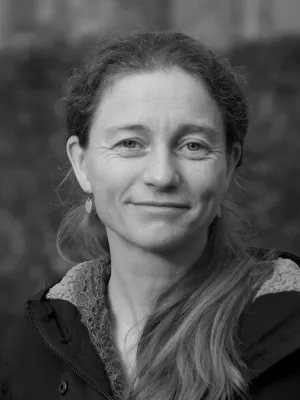
Katinka Johansen
Postdoctoral fellow

A Brief History of District Heating and Combined Heat and Power in Denmark : Promoting Energy Efficiency, Fuel Diversification, and Energy Flexibility
Author
Summary, in English
The World Energy Council ranks the Danish energy system among best in the world judging by the energy trilemma criteria: energy security, energy equity, and sustainability. District heating (DH) and CHPs are pivotal for this ranking. This brief historical account illustrates how a mix of historical events, collective societal experiences, cultural and political values inform the Danish history of DH and CHPs. After the global energy crisis in the 1970s, public and political sentiment called for energy independence, alternatives to imported fuels, and alternatives to nuclear power. National-scale collective heat infrastructure planning initiatives targeted the energy policy objectives: energy independence, fuel diversification, and energy efficiency, and a political culture of broad coalition agreements made the necessary long-term planning possible. In the following decades, growing environmental awareness and concern called for renewable energy resources as alternatives to fossil fuels. Research considered the role of collective memories and temporal distance (i.e., time) for this sociotechnical journey; it notes the innovative thinking, re-use/re-cycling and energy efficiency focus that still characterize the Danish DH communities today, and it suggests that the intangible, yet reliable nature of heat could lead to the rebound effect in end-user heat-consumption behaviours. The methodological question of how, and to what extent, historical insights and lessons learnt may be translated across contexts is raised and discussed. Although sociotechnical trajectories may have granted the Danish energy system a head-start in the global race towards low-carbon energy transitions, perhaps the route was less direct than popularly portrayed. The Danish DH sector currently faces challenges of growing biomass import dependency, but also the potentials of sector coupling and energy flexibility. Energy efficiency and energy flexibility potential may be harvested via DH and district cooling solutions in future ‘smart’ energy systems globally. Hopefully, insights and lessons learnt from this brief history of Danish DH and CHPs prove informative elsewhere.
Department/s
- Department of Sociology
Publishing year
2022-12
Language
English
Publication/Series
Energies
Volume
15
Issue
24
Document type
Journal article
Publisher
MDPI AG
Topic
- Energy Systems
Keywords
- combined heat and power
- district heating
- energy policy
- energy transition
- renewable energy
- review
Status
Published
ISBN/ISSN/Other
- ISSN: 1996-1073

